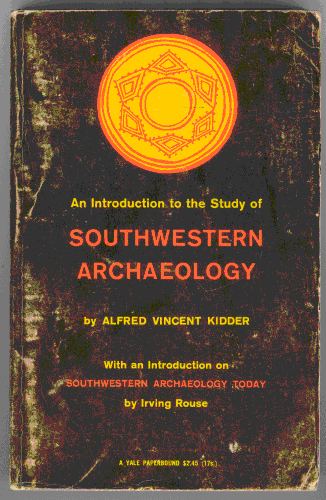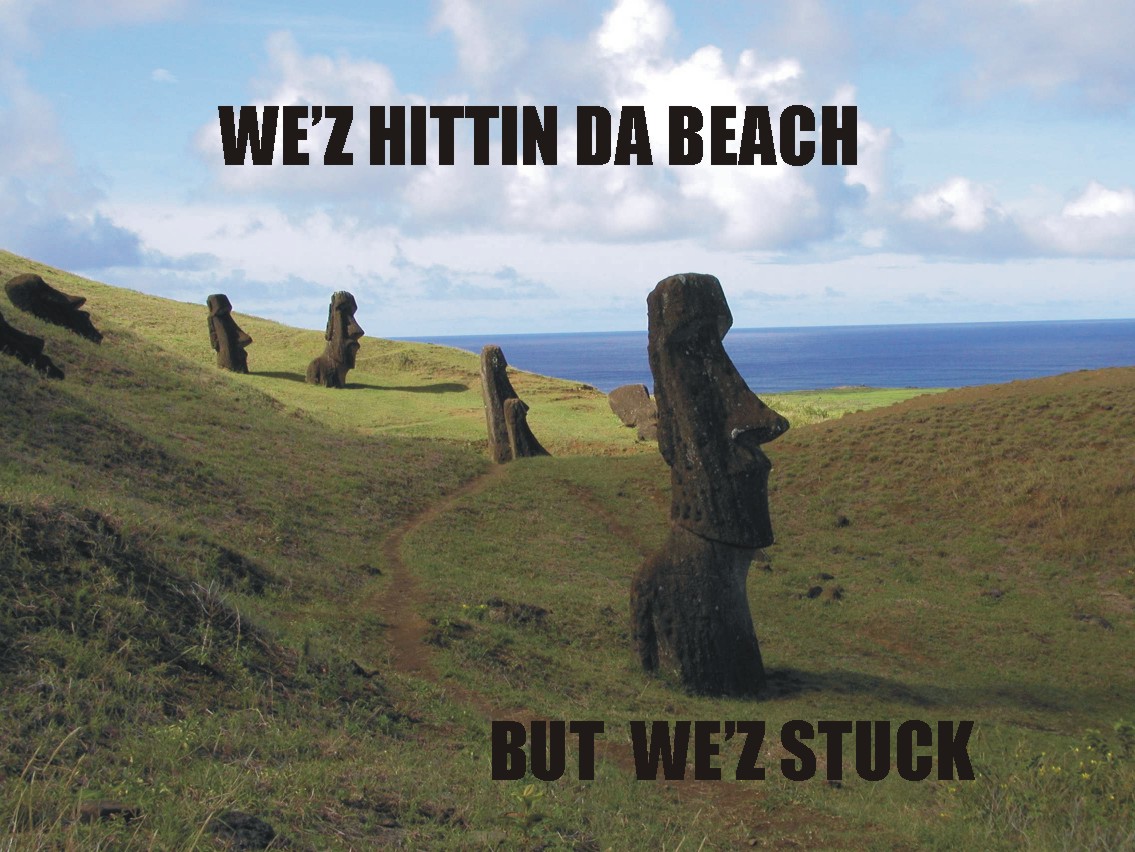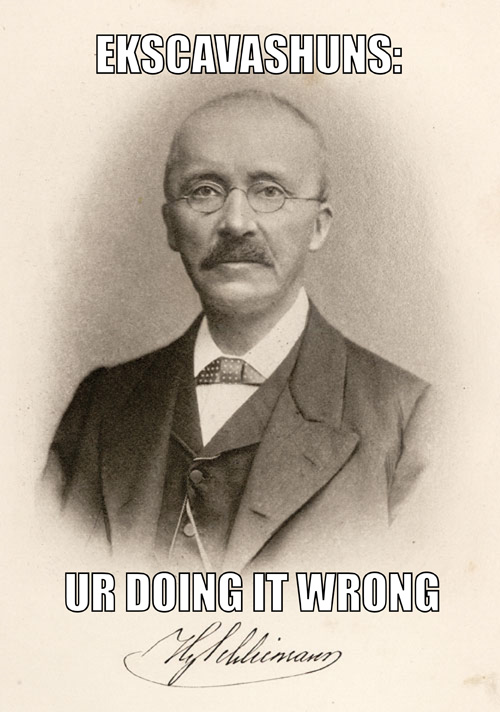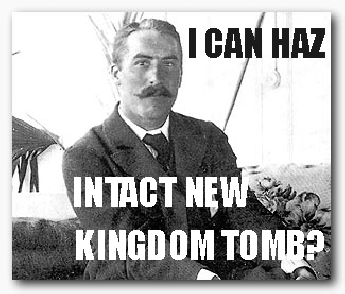A few items from the EEFPress report: "Archaeological Discovery in Luxor's
Valley of the Kings"
http://www.ansamed.info/en/egypt/news/ME09.@AM16441.html"Egypt announced today the discovery of a quartzite
ushabti figure (..) along with the cartouche of King Seti I
(..). They were found inside the corridor of the tomb of
Seti I (KV 17) (...) The discovery was made by the first
ever Egyptian mission working in the Valley of the Kings
(..) A number of clay vessels were also unearthed along
with fragments of the tomb's wall paintings which may
have fallen after its discovery. During the process of
cleaning the tomb, it was also revealed that the length
of the corridor measures 136 meters, and not 100 meters
as the tomb's discoverer, Giovanni Battista Belzoni,
originally mentioned in his report, Hawass said. "
Press report: "Mummy gets CT scan at facility Analysis advances Egypt study"
http://snipurl.com/240x5[http://www.poughkeepsiejournal.com/apps/pbcs.dll/article?AID=/
20080409/NEWS01/804090325]
"(..) The mummy named Shep-(en)-min, a male priest who might
have died around 300 B.C., went in Tuesday for a CT scan so
the Akhmim Mummy Studies Consortium staff could study its
skeleton, age, birth defects, funeral preparation patterns and
other characteristics. (..) Last year, the consortium did a CT scan
done of Shep-(en)-min's father, Pahat, in Massachusetts. (..)
The hieroglyphs on Shep-(en)-min's coffin indicate the man was
a "wardrobe priest" who dressed and cleaned the cult image of
the fertility god Min, Elias explained. The priest lived in Akhmim.
A CT scan showed the mummy with its arms crossed over its chest.
The crossed arms relate to the priest's age and the hierarchy in his
temple, Elias said. He estimates the priest was 25 to 30 years old
at the time of death. (..) Elias said he noticed the body has brittle
bones. Another preliminary finding also showed the mummy has a
fracture in its right femur that probably happened around the time
of death, he said. (..)"
-- Another press report that adds nothing but corny jokes:
http://snipurl.com/240x9
[http://www.recordonline.com/apps/pbcs.dll/article?AID=/2008
0409/NEWS/804090351/-1/NEWS]
Press report: "Need to build an ancient Egyptian boat? Call this FSU expert"
http://snipurl.com/23xlt[http://www.tallahassee.com/apps/pbcs.dll/article?AID=/20080405/
NEWS01/804050301]
"A filmmaker is re-creating a treasure-gathering voyage of Egypt's
greatest female pharaoh, and a Florida State archaeology professor
is designing the boat. FSU's Cheryl Ward spent last week in
Egypt as boat-builders laid the keel for a ship she and a documentary
crew will sail 1,000 miles on the Red Sea in December. (..) The
project is the work of French documentary producer Valerie Abita,
whose "Hatshepsut and the Land of Punt" is scheduled for
broadcast next spring. (..)"
Press report: "Snap shots- Temple of Buhen"
http://weekly.ahram.org.eg/2008/891/tr401.htm
"(..) The featured photograph captures one of the salvaged
walls of the Temple of Buhen. (..)"
Press report: "Archaeologists to Survey Nile for Sunken
Treasures"
http://www.ansamed.info/en/egypt/news/ME09.@AM15525.html"An Egyptian archaeological team will survey the Nile river
between Luxor and Aswan in search for any sunken treasures
within the coming few months (..) This is its second survey
season of Nile River, Hawass added. In its first survey,
limited to the Nile River in Aswan, the team found important
archaeological pieces, including remains of temple columns
and Coptic, Roman and Pharanoic inscriptions. After the
artifacts were recovered from river, they were put in
museum warehouses in Aswan for restoration. "
-- So this confirms the item in EEF NEWS (504), about part of
a Khnum temple being found in the Nile at Assuan. See:
http://snipurl.com/23xm1
[http://www.sis.gov.eg/En/EgyptOnline/Miscellaneous/000002/
0207000000000000001804.htm]
[Whoa. It's unimaginable what kind of stuff is lying in the silt and mud at the bottom of that river. Ed.]
Thomas Young, An Account of Some Recent Discoveries in
Hieroglyphical Literature and Egyptian Antiquities, Incuding the
Author's Original Alphabet, As Extended by Mr. Champollion,
London, 1823 - pdf-file (4 MB)
http://books.google.com/books?id=TkAGAAAAQAAJDr. Mike Jenkins has put up four academic papers dealing
with his research about Elephantine Island:
http://www.maat.com.au/Publications.html
-- "Recent Christian Period Finds on Elephantine Island: An
ostrakon of the lector Aurelios Papnouthis & A preliminary
report of a newly identified church"
http://www.maat.com.au/Christianfinds.html
-- "The Stele of Neferhotep from the Sanctuary of
Pepinakht-Heqaib on Elephantine Island"
http://www.maat.com.au/Neferhotep.html
-- "A Hoard from Elephantine Island"
http://www.maat.com.au/Hoard.html
-- "Notes on the Tomb of Setka at Qubbet el-Hawa, Aswan"
http://www.maat.com.au/Setka.html
Carney, Richard; "The Chariot: A Weapon that Revolutionized
Egyptian Warfare". 9 pp. PDF, 44 kB
http://snipurl.com/240xz
[http://www.historymatters.appstate.edu/documents
/egyptchariots_000.pdf]
* Høyrup, Jens; "Egyptian Mathematics" (Contribution to
The Cambridge History of Science, vol. I)
http://akira.ruc.dk/~jensh/Publications/Egyptian_math.pdf
-- See also his entry: "Mathematik. I. Mesopotamien.
II. Ägypten. III. Mesopotamische und ägyptische Einflüsse
auf die griechische Mathematik", pp. 1010b-1016b in
Der Neue Pauly. Enzyklopädie der Antike, Bd. 7. Stuttgart
& Weimar: Metzler, 1999. [According to the author, it is
"seriously maltreated by the editors"]
http://akira.ruc.dk/~jensh/Publications/Pauly.PDF
* Davidovits, Joseph and Ralph; "Why Djoser's blue Egyptian
faience tiles are not blue. Manufacturing Djoser's faience tiles at
temperatures as low as 250°C" (Paper presented at the
IX. International Congress of Egyptologists, Grenoble, France,
September 6-11, Session 12.2 for publication in the Proceedings).
7 pp. PDF, 218 kB.
http://www.gen17.com/dynamic/Tem/Geopolymer/F.egyptian-faience.pdf
End of EEF news











